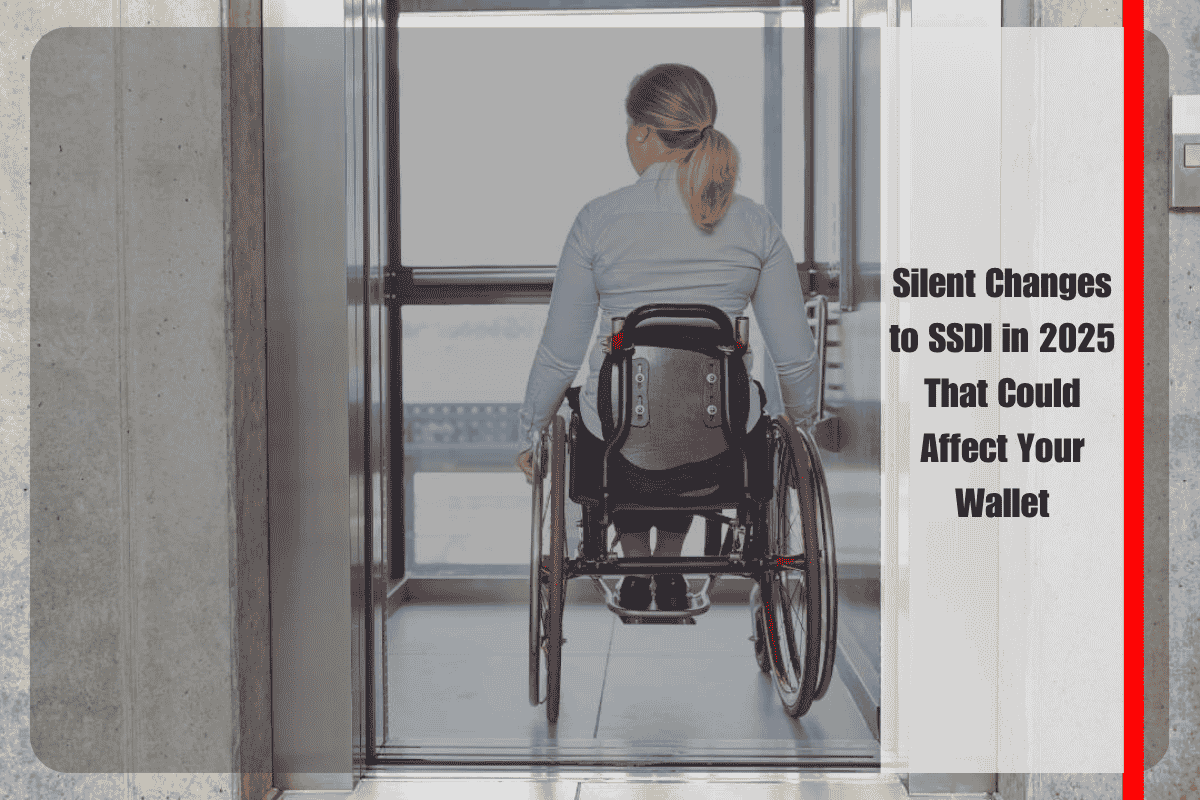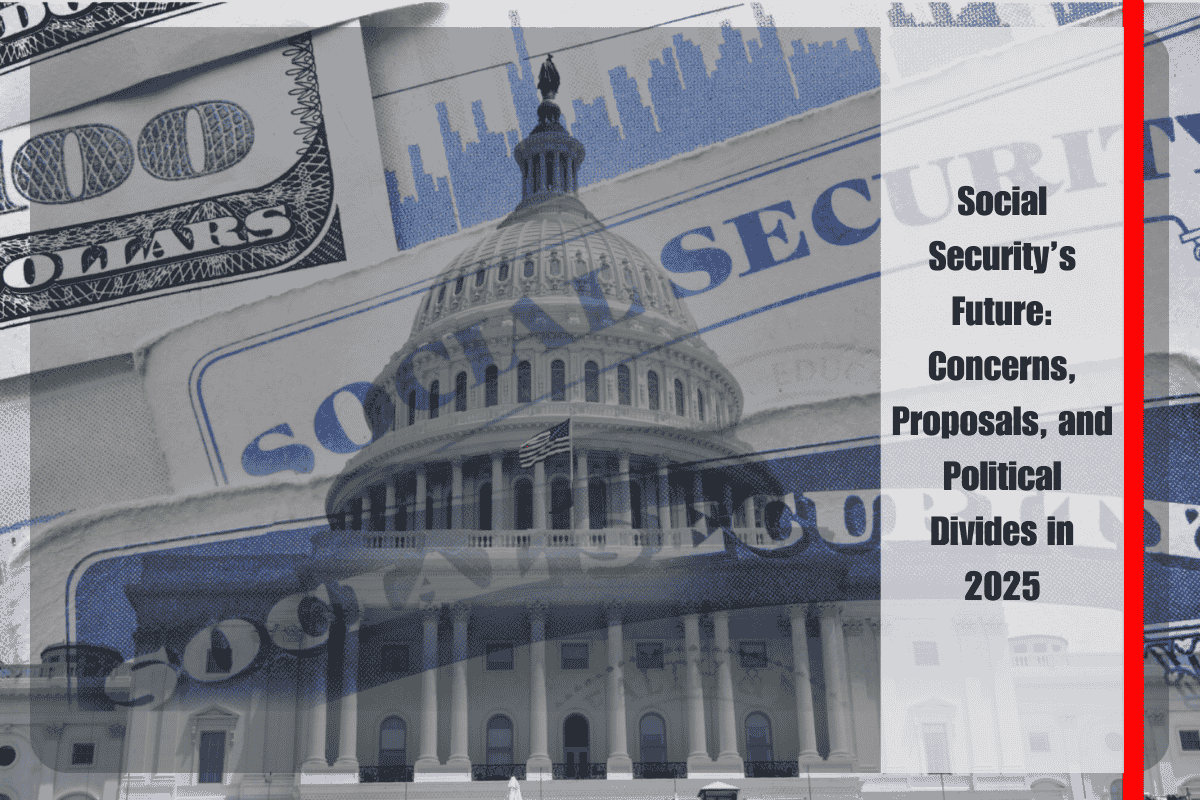Social Security Disability Insurance (SSDI) plays a crucial role in supporting millions of Americans who are unable to work due to health conditions. While many are aware of SSDI’s importance, the details of changes to this program often remain hidden beneath layers of bureaucracy. In 2025, several adjustments were made to improve the system, some of which are quietly reshaping the experience of SSDI beneficiaries. Here are four significant changes to SSDI that may impact your wallet.
Goodbye to the In-Person Verification Requirement
For years, SSDI applicants were required to appear in person to verify their identities before receiving benefits. This was an especially burdensome requirement for people with severe disabilities who found it difficult, or impossible, to leave their homes. Disability advocacy groups and lawmakers from both sides of the aisle voiced strong opposition, highlighting how exclusionary the rule was. In response, the Social Security Administration (SSA) reversed this policy.
As of April 14, 2025, if applicants are unable to use the online portal, they can complete the SSDI application process over the phone. This change provides a lifeline for individuals with mobility issues, debilitating conditions, or those who live far from an SSA office. Now, beneficiaries can access services with greater ease and efficiency, ensuring they are not left out due to logistical or physical challenges.
The “Recovery Cap” Reduces Financial Stress
A longstanding issue for SSDI recipients was the “clawback” system, where the SSA could withhold up to 100% of a monthly payment to recover overpayments. This practice often left beneficiaries destitute, as any mistake or delay in reporting income changes could lead to a loss of their entire monthly benefit. The fear of this financial downfall prevented many from trying to work or take risks.
In a positive change effective from April 25, 2025, the SSA will no longer withhold more than 50% of a monthly SSDI payment to recover an overpayment. This adjustment reduces the financial stress on beneficiaries and prevents a minor administrative error from pushing someone into poverty. It’s a crucial change for those who depend on every dollar of their benefits to cover living expenses.
Rising Income Limits: Returning to Work Without Losing Benefits
One of the most significant barriers for SSDI recipients looking to re-enter the workforce was the fear of losing their benefits. The “Substantial Gainful Activity” (SGA) and “Trial Work Period” (TWP) limits define how much a person can earn without losing their SSDI benefits. In 2025, both of these thresholds saw a welcome increase, providing greater flexibility for those wishing to try working without sacrificing essential financial support.
The SGA limit for non-blind individuals increased to $1,620 per month (up from $1,550 in 2024). For legally blind individuals, the SGA limit is now $2,700 per month. Additionally, the TWP threshold, which allows beneficiaries to earn more without losing benefits for up to 9 months, was raised to $1,160 per month, up from $1,110 in 2024. These increases provide recipients with more opportunities to earn money without risking their SSDI eligibility, offering a much-needed boost for individuals seeking to return to work.
End of the WEP and GPO Penalties
For decades, the Windfall Elimination Provision (WEP) and the Government Pension Offset (GPO) were provisions that penalized workers with public-sector jobs who also earned SSDI or Social Security retirement benefits from other employment. The WEP reduced the Social Security benefits of workers who had public-sector careers that didn’t require Social Security withholding. The GPO, on the other hand, significantly reduced or eliminated the Social Security benefits of spouses or widows who were entitled to survivor benefits.
These provisions had long been criticized for unfairly reducing benefits for public employees who had worked in positions like teaching, firefighting, or law enforcement, where Social Security contributions were not made. After years of advocacy, the Social Security Fairness Act was enacted in January 2025, eliminating both the WEP and GPO. This change is retroactive to January 2024 and provides financial relief to many public employees and their families who were previously penalized under these provisions.
A New Era for SSDI Beneficiaries
The changes implemented in 2025 signal a shift toward a more supportive and flexible Social Security Disability Insurance system. With the elimination of the in-person verification requirement, the recovery cap, higher income thresholds for work, and the removal of penalties for public employees, SSDI recipients are now in a better position to maintain their financial stability. These adjustments reflect a growing recognition of the challenges faced by those relying on SSDI, providing them with greater autonomy and security as they navigate their daily lives and work toward a more stable future.












